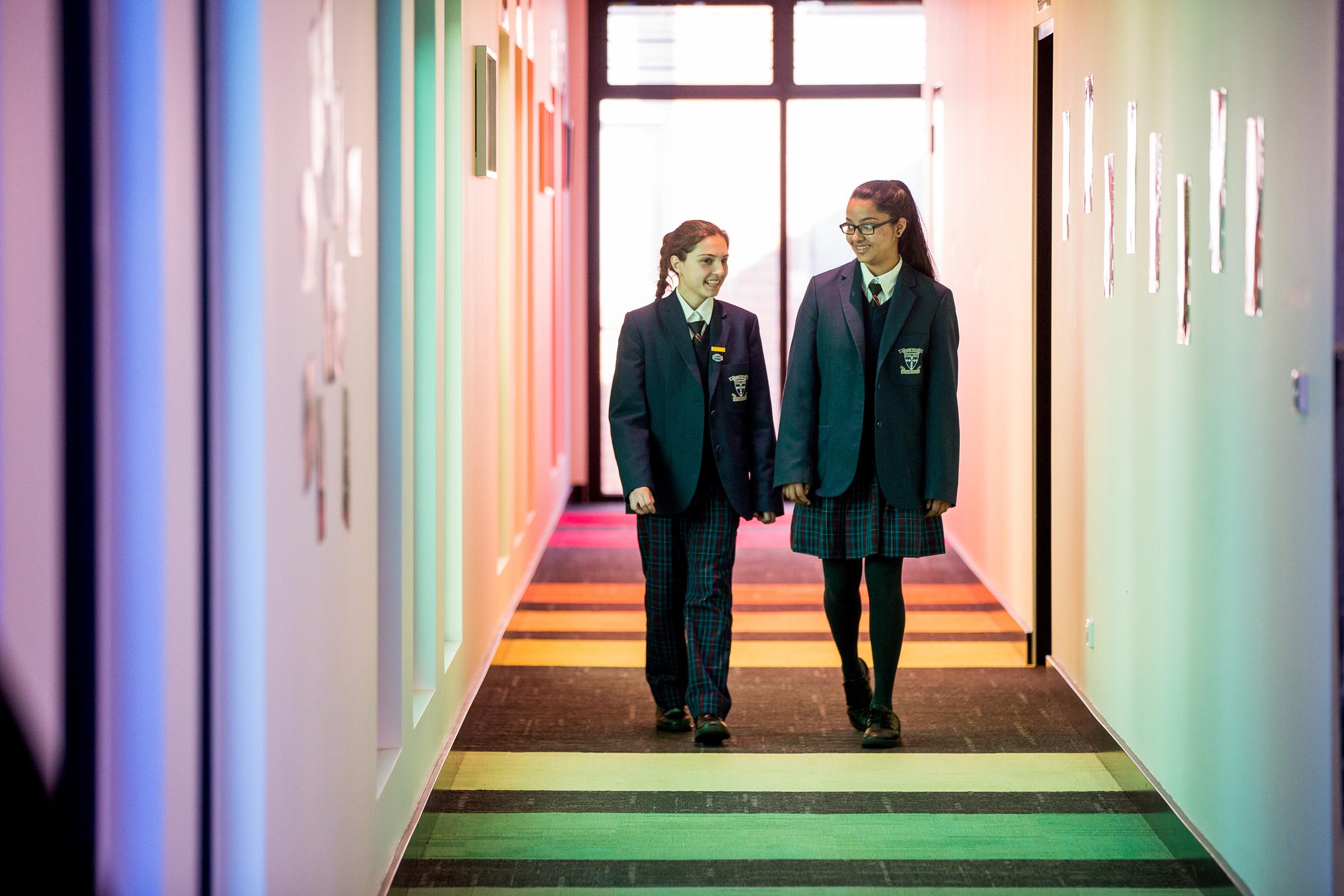Internet and Social Media Safety

Internet and Social Media Safety
Last week the eSafety Commissioner, Julie Inman Grant, and National Suicide Prevention Adviser to the Prime Minister, Christine Morgan, urged all Australians to avoid viewing or sharing a disturbing video that was circulating on social media platforms. The deeply distressing content had gone viral across global online platforms, and was being shared by Australians.
Ms Grant confirmed that contact has been made about the reports with the major social media companies. “We will continue working closely with them to get the video removed expeditiously and to prevent re-upload. We continue to monitor the situation,” Ms Grant said. “We urge Australians who encounter this content to report it immediately to the social media platform they’ve seen it on, or to eSafety at esafety.gov.au/report/illegal-harmful-content
“This is yet another example of social media platforms struggling to incorporate safety protections at the core of their product offerings. To prevent this from happening in the first place, they need clear processes and procedures, including the technology tools to detect and remove harmful content much more quickly. In situations like this, it becomes even clearer that safety by design and cross-platform sharing of hashes of harmful content is critical.
“We advise parents, carers and educators against drawing young people’s attention to the issue unnecessarily, so as not to peak curiosity – once you see this horrific content, it’s impossible to unsee. Instead, keep an eye on those who are more vulnerable and at-risk, and check in with them about their interactions on and offline, help them build their digital resilience and let them know they can come to you for help if they see graphic or distressing content online.”
eSafety has developed a series of tips for parents to help limit young people’s exposure to harmful content online:
- Engage in your child’s online activities – ask what apps, sites and games they’re using and make sure they’re age-appropriate
- Use parental controls on devices to help limit what your child is exposed to
- Help them report and block upsetting content they see on social media sites or apps
- Let them know they can come to you about anything upsetting they see online
Head to esafety.gov.au to find out the latest advice on apps, social media and online safety issues Christine Morgan added that international research has revealed that content which includes explicit descriptions, images or footage of suicide, especially where methods are shown, have been linked to increases in suicidal thoughts, suicide attempts and suicide deaths.
“While there may be differing opinions about the role of media and social media in suicide prevention, the sector is united in the view that this type of content being widely shared online is unsafe,” Ms Morgan said.
“It is not uncommon for people experiencing acute distress to want to communicate that with others and even seek support online. While we cannot fully understand the reasons why the person depicted in the clip live streamed their death, the content is now being shared and re-shared for the sole purpose of harming others.
“This kind of detailed content could have an impact on anyone who views it, but we are especially concerned about children and young people, people who may be feeling vulnerable or isolated at the moment or anyone with a past experience with suicide. We can never un-see some of the things we are exposed to and we must get the message to all people that there is absolutely no ‘fear of missing out’ when it comes to content like this.
Anyone who may be upset or overwhelmed by information being shared online, to:
- Talk to someone you trust about how you are feeling
- Take a break, including physically stepping away for a while, logging out of your social media accounts or engaging in a different activity
- Take control of the content that you see by hiding certain posts on your feed or unfollowing content that may cause you distress
Ms Morgan said she was heartened by actions already taken by many schools, parents and individuals online who have been warning others to take a break from social media. “I would ask every organisation and every community member to check in on the people around them to ensure anyone who has been exposed gets the immediate and ongoing support they may need,” she added.
Resources are available to support young people regarding suicide-related online content online through #ChatSafe (orygen.org.au/chatsafe). Media guidelines are available at Mindframe (mindframe.org.au).
Advice for parents and children have seen or are impacted by the content:
Kids HelpLine – For ages 5 – 25
Free 24/7 phone and online counselling service for young people aged 5 to 25.
CALL: 1800 55 1800 (Available 24/7)CHAT: Chat with us online (Available 8am – 12am AEST)VISIT: kidshelpline.com.au
Lifeline – For all ages
Provides all Australians access to crisis support and suicide prevention services.
CALL: 13 11 14 (Available 24/7)CHAT: Chat with us online (Available 7pm – 12am AEST)Visit: lifeline.org.au
Suicide Call Back Service – For ages 15+
Provides immediate telephone counselling and support in a crisis.
CALL: 1300 659 467 (Available 24/7)CHAT: Chat with us online (Available 24/7)Visit: suicidecallbackservice.org.au
Headspace
Visit: headspace.com.au
Reachout
Visit: reachout.com
